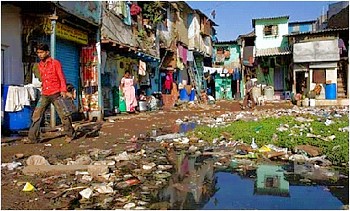In a previous post, we looked briefly at the role of plastics recycling in Mexico City’s waste separation program. In this post, we describe two other developments related to solid waste disposal.
Recycling finally reaches the take-off point in Mexico
 Nationwide, it took an entire decade for the plastics recycling rate in Mexico to increase from 10 to 15%. Then, in 2010, as more companies sought part of a potentially very lucrative market, the rate shot up to 17%. Admittedly, though, Mexico still lags far behind the 22% rate boasted by the European Union members in this regard.
Nationwide, it took an entire decade for the plastics recycling rate in Mexico to increase from 10 to 15%. Then, in 2010, as more companies sought part of a potentially very lucrative market, the rate shot up to 17%. Admittedly, though, Mexico still lags far behind the 22% rate boasted by the European Union members in this regard.
Mexican industry generates 3.8 million metric tons of plastic waste a year (36% of it in Mexico City). The nationwide recycling capacity for plastics (geared towards hard plastic or PET) currently stands at only 646,000 metric tons, so there is plenty of room for more companies and recycling plants.
Garbage-powered street lights
The World Bank is helping finance a new bio-energy project in Monterrery which will reduce emissions by the equivalent of a million tons of CO2. This is about the same quantity as the annual emissions of 90,000 vehicles, or the amount of CO2 that would be absorbed annually by a forest with an area of 970 hectares.
The project, run by Bioenergía de Nuevo León, uses methane gas given off by decomposing garbage in one of the city’s landfills, in Salinas Victoria, which receives 5000 tons of garbage a day. The power plant’s installed generation capacity of 17mW should be sufficient to supply 90% of the nighttime street lighting in the Monterrey metro area. During the day, power from the project is supplied to the city’s metro system. Any surplus is sold to the Federal Electricity Commission and fed into the national grid.
Related posts:
- What’s in the garbage?
- The disposal of solid wastes in Mexico
- Mexico City updates:“Fines for using non-biodegradable plastic bags” and “Levies on excess garbage”
- Re-using resources in Mexico: One person’s garbage is another man’s island!

Sorry, the comment form is closed at this time.